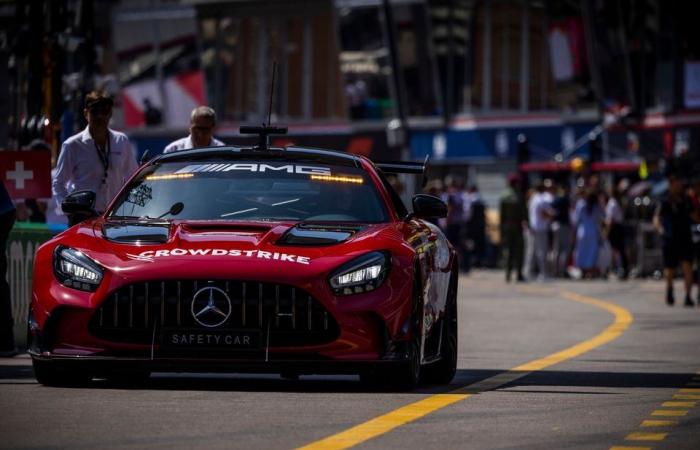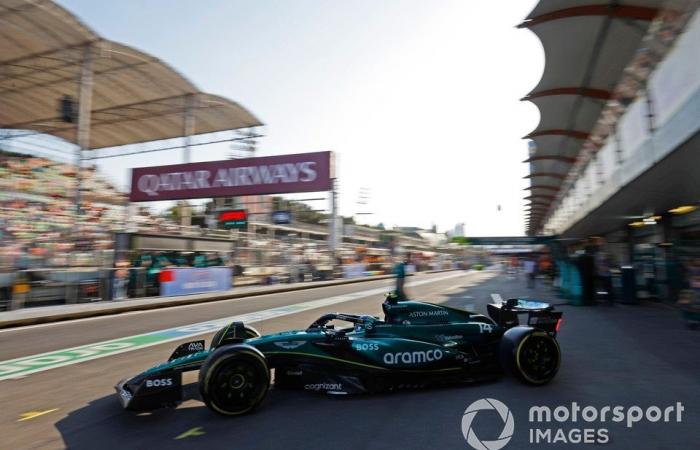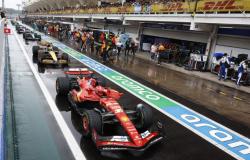This season, the Spanish Grand Prix marked the start of problems for Red Bull with Max Verstappen’s latest victory. But the Barcelona event also began a series of nine rounds without the slightest intervention from the safety car, even if the latter could have entered the track following the collision between Sergio Pérez and Carlos Sainz during the Grand Prix of Azerbaijan.
To find such a series of Grand Prix without Safety Car, we have to go back 20 years ago: the safety car was not used between the 2003 Hungarian GP and the 2004 Spanish GP. Even more surprising, the GP of Singapore took place without the appearance of the Safety Car, for the first time since its appearance in 2008.
Even though there are no obvious explanations for this lack of a safety car, we could simply put it down to the common sense of F1 drivers. However, Fernando Alonso pointed out an element which could explain this phenomenon. For the Aston Martin driver, this could come from the characteristics of modern ground-effect single-seaters: the new cars are faster when they are not driven at the absolute limit and this could lead to fewer accidents.
“These cars are not easy to drive, but I think the problem is also to extract 100% of their potential”declared the Spanish pilot. “So if you’re driving at 90 percent, sometimes you’re faster because you’re not putting the platform at an awkward angle or ride height. You’re not pushing the limits, and that’s where it all comes down to it. collapses. Sometimes driving at 90% is fast.”
Fernando Alonso
Photo by: Zak Mauger / Motorsport Images
The two-time Formula 1 World Champion also adds that the performance displayed by current single-seaters can become extremely confusing when the limit is reached. A phenomenon that can be observed in qualifying.
“Baku was a very good example”he added. “I was 15th in Q1 with Lando’s problem [Norris]. Otherwise, I would have started 16th in the Grand Prix and I was not in Q2. Seven minutes later I put on another set of tires and was fifth in Q2. I gained 1”1.”
“I was driving the same way. I was braking in the same places. It was the same preparation for this lap, but I was able to gain 1.1s. And some of us did the opposite: they were very fast in Q1 and very slow in Q2, and sometimes we don’t find explanations for when we are fast, when we are slow, and why.”
“If you get into the details and the unlimited number of sensors we have in the car, we can spot the little differences when the car is slow. We put the car in different conditions, maybe it’s not all just not comfortable, or that sort of thing.”
Fernando Alonso
Photo by: Zak Mauger / Motorsport Images
“That’s why sometimes in racing, because we’re all driving at 90%, we have to pay attention to tires, fuel economy, all these things, we don’t see too many problems and we don’t see not too many safety cars or accidents.”
“The cars are more comfortable when you drive at that speed. It goes a little bit against the driver’s instinct to put a new tire on, go into qualifying and we drive at 110% if possible, but with this car, it’s sometimes something you have to manage.”
With Jonathan Noble







